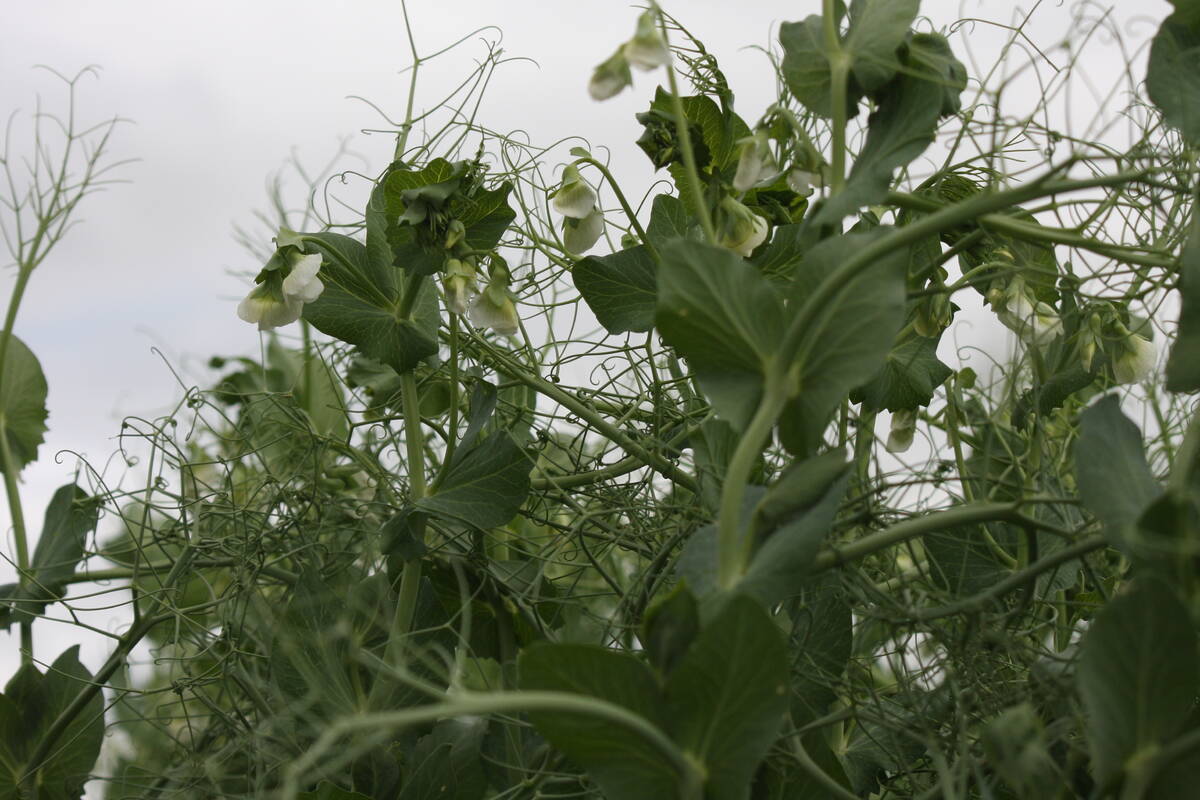The reasons to match potato supply to market demand couldn’t be more clear for Ivan Noonan.
“If we want to have our people and have our farms and have our kids and grandkids continue to feed us for the future, we needed to do something,” Noonan said.
It appears the efforts might be paying off. Canadian potato producers reduced their seeded acreage in 2006 to regain some profit.
“It’s an amazing success,” said Noonan, general manager of the Prince Edward Island Potato Board.
For three or four years, producers were selling below the cost of production, but now producers’ revenue is expected to increase due in part to acreage reduction.
Read Also

High pea yields shock farmers
There is going to be a massive pea carryout at the end of this crop year.
Noonan said the job of matching supply to demand in Canada requires better and more detailed information about the potato market.
But the good news is that producers have taken the first steps, he added.
Faced with rising input costs but static or declining potato prices in the marketplace, producers formed the United Potato Growers of Canada in February 2006. The group wants to contain overproduction and improve producers’ knowledge of their market.
Canadian acreage declined by an estimated one percent to 351,100 acres, according to a July 2006 Statistics Canada survey. Production declined most in the West. Manitoba dropped 4.7 percent to 82,000 acres and Alberta dropped 2.7 percent to 54,500 acres. Saskatchewan’s seeded area dropped five percent to 9,500 acres, the survey said.
“As a result of some of their efforts, (potato producers) saw stronger prices last year and hopefully that will carry forward to this crop as well,” said Barb McLaughlin of Statistics Canada.
The survey showed that farmers in P.E.I., New Brunswick and Ontario farmers seeded slightly more potato acres compared to last year. However, national seeded acreage was lower than it was four years ago. The next report is due the end of November.
With the addition of Quebec and Saskatchewan growers in April 2006, the UPGC represents about 96 percent of Canadian potato acreage.
Garry Sloik, chair of the organization, said production is down about 10 percent from 2004, and producers should keep it that way. U.S. market information suggests that potato consumption is declining in North America. But producers’ yields are higher than ever, raising the importance of matching supply with demand to avoid oversupplying the market, he said.
“We’re telling producers that the good prices were a result of less volume and so less is more and we need to maintain that,” he said.
The organization’s sister group, the United Potato Growers of America, has also been able to raise the price for their crop through acreage reduction.
“The (UPGA’s) effect on price was dramatic,” said Andy Jerardo, economist with the United States Department of Agriculture’s Economic Research Service.
This year the U.S. national fresh-market price for potatoes could improve 20.5 percent to $12.10 US per hundredweight over 2005, Jerardo predicted. He also forecast an increase in the average processed price: up 7.5 percent to $5.60 per cwt.














